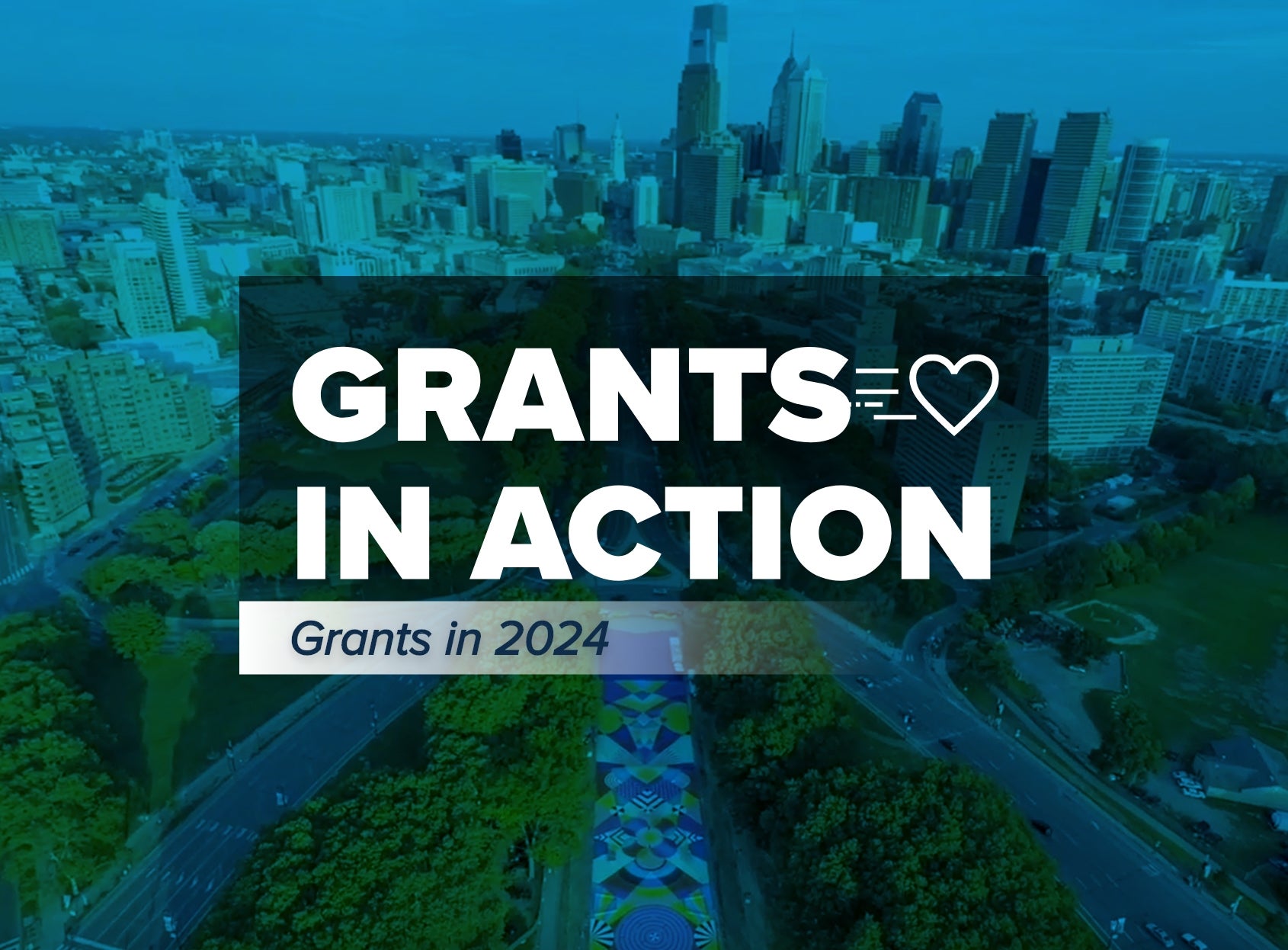Grantmaking in 2021 and Beyond

Plenty of phrases and descriptors, some more printable than others, come to mind when summarizing 2020. In addition to the massive shocks brought on by a global pandemic, an economic crisis, a national reckoning with racial injustice, a highly polarized election and climate-related natural disasters, last year provided important lessons in how to live, work and care for each other throughout a crisis.
The tragic loss of life, the devastating infection rate and the resulting economic impact in the U.S. means that very few Americans were left unaffected by the COVID-19 pandemic. On top of a profound health emergency, social distancing and quarantine meant that the ins-and-outs of our daily lives changed dramatically, from work to school to family life. If we were lucky, in between the chaos and heartbreak of this past year, we also gained new insight and appreciation for our families, our communities and even a new understanding of ourselves.
While we all share in a desire to return to pre-pandemic life, we should acknowledge that any “return to normal” will be tempered with a healthy dose of skepticism. The past year has taught us that so much of what counted as normal was not good enough. Rebuilding the economy, including the social and philanthropic sectors, will mean being creative, being bold, and yes, rethinking some of our prior beliefs.
We recently passed the year mark for social distancing and work from home arrangements. Now, as vaccinations reach scale and another large relief package infuses the economy, I hope we can carry some of the hard-learned lessons of the past year forward and allow them to permanently—and positively—change the way we conduct grantmaking across the charitable sector.
Nonprofits and Philanthropy Stepped Up in 2020
We can start by acknowledging that the nonprofit sector stepped up in truly heroic ways last year.
Human services organizations like foodbanks and shelters, and organizations working in the health sector, from vaccine research to PPE distribution, met unprecedented demand and fulfilled their missions in an exceedingly challenging time—and with an often-patchwork federal response. They acted with resolve and vigilance and their work helped to prevent even more loss of life and livelihood. That fact serves as some much-needed hope in difficult times.
Rebuilding our economy and institutions will require recognizing the critical role nonprofit organizations play in our society, and acknowledging they are capable of still more with the right resources.
And nonprofit resilience wasn’t limited to crisis-response organizations. Many small and locally based organizations, including the arts and cultural sector and faith-based groups, continued to deliver their services, and innovated in the ways they deliver their programs and value to the public.
Donors gave generously and without restriction to make this happen. We’ll learn even more about the extent and impact of that support as time passes and more data accumulate. In the DAF world, we experienced a 30% increase by dollar value in giving during the first six months of 2020. Individual and foundation giving increased as well. It’s important to note that donors didn’t stop giving to the organizations they had always supported in order to support other needs, but instead made new commitments on top of their usual commitments. We should applaud and encourage this level of generosity—and carry it forward into a changed world.
Tactics and Trust
It was a testament to donors’ trust in the nonprofit organizations they supported that they adopted a “give first, ask questions later” approach. That kind of unrestricted grantmaking should be the model going forward—unrestricted gifts already make up more than 60% of the grants made here at NPT. Grantmaking in 2021 and beyond will rely on those same donors staying consistent in their support and allowing organizations to do their work.
The trust-based philanthropy that’s emerging means respecting nonprofits’ expertise and maintaining a degree of humility in our own capacity as donors to determine a gift’s best use. For example, this year provides an opportunity to rethink and challenge the myth of “overhead.” For too long, there has been an expectation that nonprofits, while investing in the programs they deliver, should not spend money on all the other things necessary to enable their work. But most people wouldn’t invest in a business that didn’t spend any capital on infrastructure, the wellbeing of staff, strategies to build their pipeline, innovation or reserve funds in case of disaster. As it stands, most nonprofits had only one to three months of reserves going into 2020.
Unrestricted giving—leaving it to nonprofits to spend funds as they think best—allows nonprofits to be responsive and nimble, to fill gaps, to survive and even innovate during difficult times. Unrestricted giving is a powerful way for donors to support the critical work of nonprofits they know and trust.
Philanthropy Can Do Even More
The past year put a spotlight on long-existing inequities, gaps in the public sector’s capacity and the fragility of our institutions. Rebuilding those things will require recognizing the critical role nonprofit organizations play in our society, and acknowledging they are capable of still more with the right resources.
Increased grantmaking throughout the pandemic meant many organizations could survive and even step up through the worst of the shutdowns. Now it’s time to give them the resources to invest in their own long-term survival, shore up operational resilience and prepare to do their work in a world that has changed in almost every way. It’s this kind of farsighted and unrestricted giving that will allow our nonprofit organizations to tackle the most persistent and vexing issues in the world today and prepare for the uncertainty of tomorrow.
NPT does not provide legal or tax advice. This blog post is for informational purposes only and is not intended to be, and shall not be relied upon as, legal or tax advice. The applicability of information contained here may vary depending on individual circumstances.
To download a PDF of this blog post, click below:


